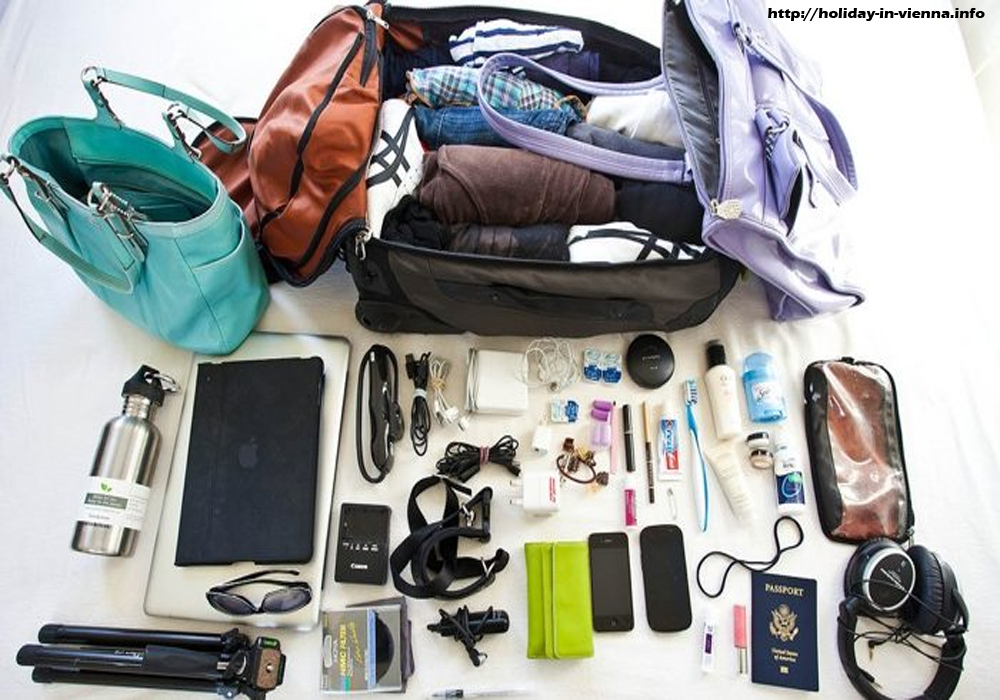
Ever wondered what it takes to be a professional boxer? Apart from having the guts to step into the arena from the start, it takes years of preparation, dedication, training, and determination to succeed.
Many fighters follow the ‘old school’ approach to training which has been passed down from trainers to combat to trainers etc … It follows the basic principles of strength, flexibility, speed, endurance and explosive power.
Let’s start with perseverance. Many say that boxers need endurance from marathon runners to keep trying a maximum of 12 rounds. This is achieved by punishing roadwork (running), often in the early hours of the morning when the air is clear and no one is around. There are several different accounts about how far the boxer really ran. Some prefer to run shorter and faster (4-5 miles with speed), while others will run for longer distances (10 miles or more). I think the combination of the two is the best for your preparation – long run initially with hill work to build stamina then shorten the run and increase speed closer to fight the night by finishing with a sprint session for speed.
Speed, strength and explosive power are achieved through working hours in the gym. A typical session will follow the basic principles of a general fitness routine – warming up, stretching, cardio, resistance training, cooling, stretching:
Warming up: This will involve 4-6 rounds of duration of 3 minutes shadow-boxing with a 1 minute break between turns. The purpose of this is to involve your muscular-nerve pathways (training activities that must be followed so that your mind and body are activated) and to increase blood flow and heart rate so that the body is ready for intensive training.
Stretching: Good stretching is important to help minimize the risk of injury.
Cardio: This will take the form of pad work with your coach and will actually include elements of speed, reaction time, eye-hand coordination and resistance work. (6 + rounds). This is then followed by bag work using a combination of heavy bags (if available at the gym). Speed balls and floor-to-ceiling bags are also used to help speed and react. This is then followed by jumping on a speed rope.
Work Resistance: This must vary and practice must be changed so that athletes can continue to improve by being “shocked” at doing things in different sequences and intensities. Usually consists of earthworks (circuits), weights, medicine ball training and partner work.
Cool Down: Several rounds to “release” the ring with some light shadow boxing followed by a longer stretch period to help increase flexibility.
When fights approach, it is also very important to get quality sparring because pads and bags cannot be simulated against an opponent in the ring. This will help focus the mind to avoid blows and also train the body to take a few blows. It also gives you the last polish on your technique and sharpness before a night fight.
This is just a general guide and will vary depending on the fight ahead, the injury and whether the boxer has a full time job as is the case for many boxers on the long road to success.




